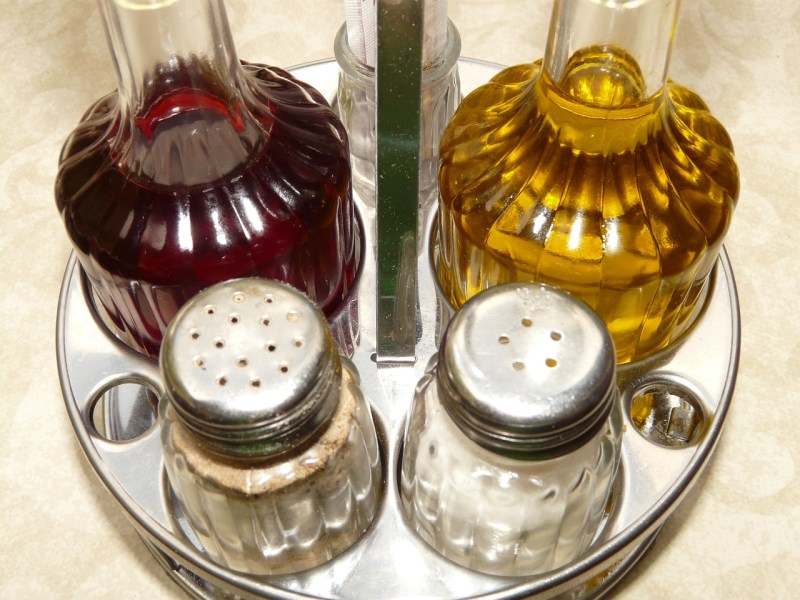
An absolute staple in the pantry of any home cook, red wine vinegar is an ingredient of endless possibilities. In addition to many household uses like killing weeds and getting rid of pesky fruit flies, red wine vinegar adds a magic zing to just about any dish. It’s made by fermenting red wine with a starter culture and acidic bacteria until it sours. During the fermentation process, the alcohol in red wine converts into acetic acid, which is the main component of vinegar.
We realize souring bacteria doesn’t exactly sound appetizing, but before turning up your nose at this process, you should know that many of the delicious foods we enjoy regularly have gone through this exact process — yogurt, sourdough bread, miso, and perhaps most importantly, beer! And this is just the smallest list of examples.
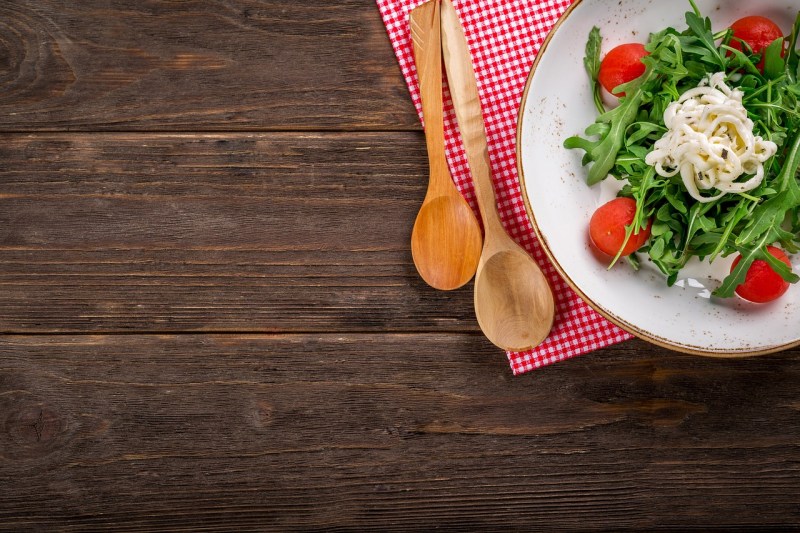
Health benefits of red wine vinegar
In addition to being delicious, you might be surprised to learn that the amount of health benefits from fermented foods is staggering. Compounds known as biologically active peptides, which are produced by the bacteria responsible for fermentation, have been shown to reduce the risk of cardiovascular disease, high blood pressure, diabetes, and obesity, according to the Heart Foundation.
So maybe pick up a bottle or two of red wine vinegar the next time you’re at the store. And a 12-pack of brewskies, obviously.

Uses for red wine vinegar
The list of culinary uses for red wine vinegar is immense. This zippy ingredient gives an acidic brightness to everything from deviled eggs to fish and chips. Splash it on a salad with some olive oil for a classically simple dressing. Drizzle a little on your roast beef sandwich for some added bite. Finish a sauce or a soup with a few drops for an extra acidic note that’ll give your dish a fine-dining touch.
Red wine vinegar is also a wonderful ingredient in a marinade, as its high acidity content tenderizes meat beautifully. If you’re a fan of pickled foods, you can use red wine vinegar to make your own pickled treats, like beets or shallots. You can do quick pickling on the stove with just a few ingredients and about 30 minutes.
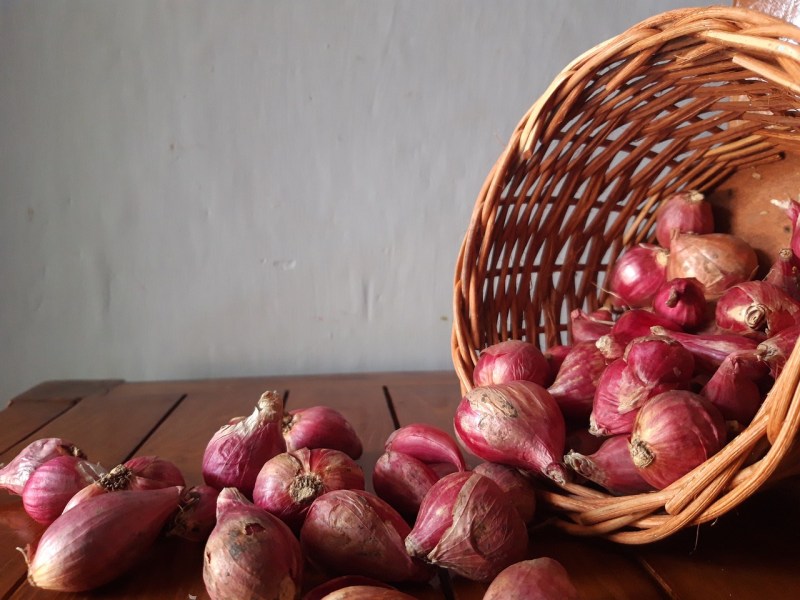
Pickled Shallots recipe
This pickled shallots recipe comes from Culinary Hill, and these shallots are wonderful on sandwiches, burgers, and hot dogs. Toss some in a salad, or use them to top a baguette. You’ll never run out of uses for these briny beauties.
Ingredients
- 4 shallots, peeled and thinly sliced
- 2/3 cup of red wine vinegar
- 4 tablespoons of granulated sugar
- 1 pinch of salt (optional)
Method
-
In a small saucepan over medium heat, bring vinegar, sugar, and salt to a simmer, stirring until the sugar is dissolved. Stir in shallots.
- Cover and cool completely for about 30 minutes.
- Store in brine in an airtight container for up to one week.
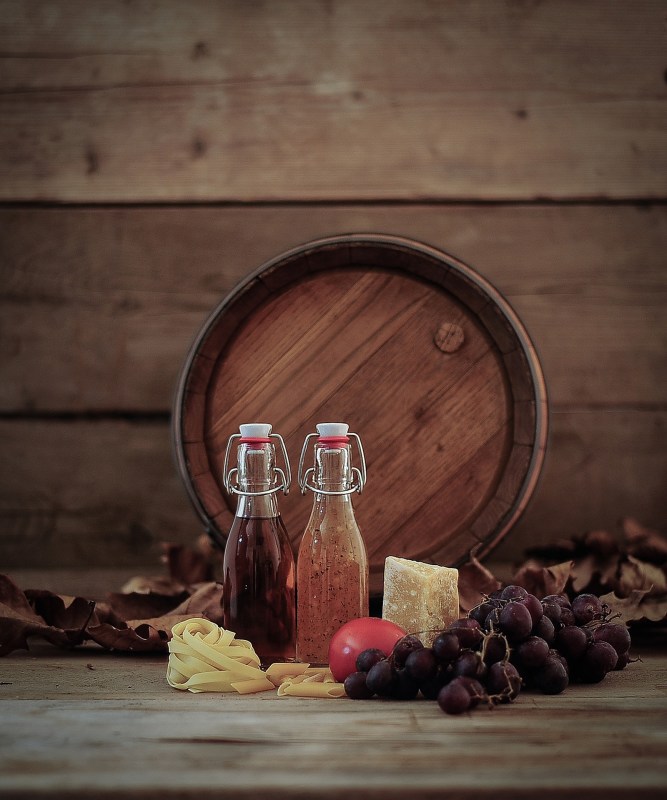
How long can you store red wine vinegar?
While refrigeration is unnecessary, red wine vinegar should be stored in a cool, dark place, like a cupboard or pantry, to preserve the quality of the product. Also, it should always be stored inside a glass container, as oxygen can seep in through plastic and other materials, compromising the integrity of the vinegar. Oxygen will expedite the vinegar’s aging, and should therefore be kept out as much as possible.
Opening your bottle only when in use, and keeping a tightly sealed lid in place will preserve the vinegar’s life significantly. If kept in these conditions, a bottle of red wine vinegar could last up to a few years. Now that’s one heck of a shelf life.
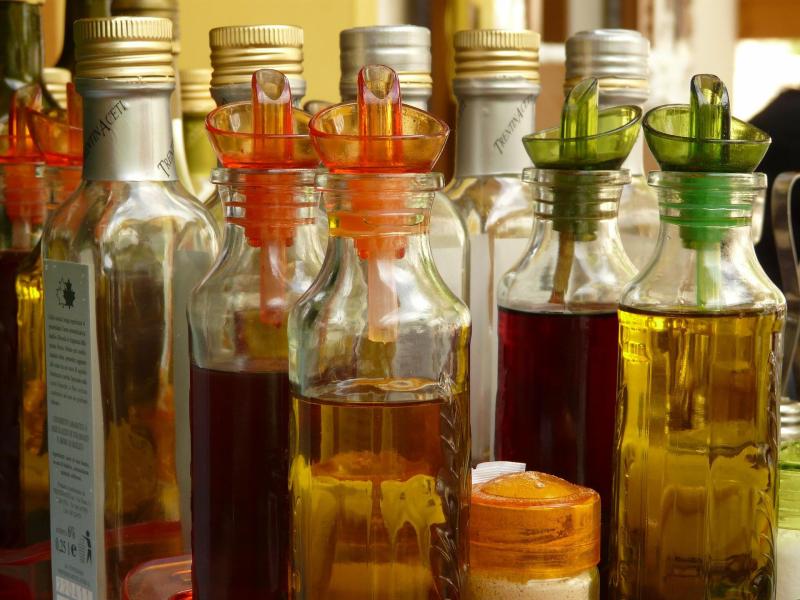
Should you ever toss it out?
Because of its high acid content, pathogenic bacteria cannot survive in vinegar. Therefore, it can’t spoil. It can, however, lessen in quality over time. It may become cloudy or develop bits of floating solids. Not very appetizing. While these solids are harmless, they may be unpleasant to see and you can remove them by straining them out.
In a bottle that’s been in the pantry a bit too long, you may notice discoloration or changes to the vinegar’s smell, texture, and flavor. So while red wine vinegar won’t expire to the point where it will be harmful to consume, it’s probably best to spring for a new bottle if these signs start to appear.
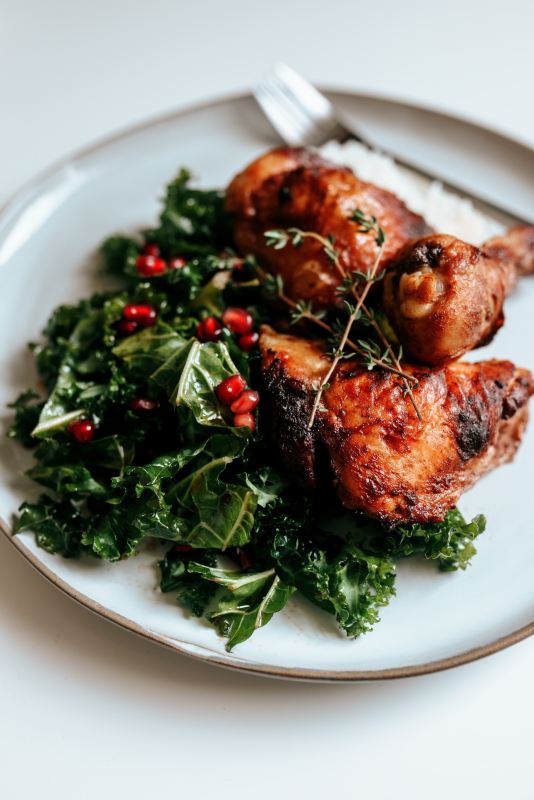
Chicken in Red Wine Vinegar Sauce recipe
This French-style chicken is a beautifully savory, easy meal that tastes like it took all day to prepare. Serve it with lots of crusty bread to soak up all the incredible sauce. Here is a recipe from Family Style Food.
Ingredients
- 6-8 bone-in, skin-on chicken thighs
- 1 tablespoon of kosher salt
- 2 tablespoons of extra virgin olive oil
- 1 shallot, thinly sliced
- 1 tablespoon of garlic, finely chopped
- 1/2 cup of dry white wine
- 1/4 cup of red wine vinegar
- 3 tablespoons of tomato paste
- 1 tablespoon of Dijon mustard
- 1 tablespoon of fresh thyme, chopped
- 2 small bay leaves
- 1/4 cup of water or chicken broth
- 1/4 teaspoon of crushed red chili flakes (optional)
Method
-
Put the chicken thighs on a rimmed baking sheet or baking dish. Sprinkle the salt on both sides of the chicken. Refrigerate, skin side up and uncovered for up to 24 hours ahead.
-
Preheat the oven to 425 degrees Fahrenheit.
-
Heat a large pan with at least 2-inch sides over medium-high heat. Add the olive oil to the pan, and when it shimmers, add the chicken, skin side down. Cook undisturbed for 10 minutes, watching that the pan doesn’t get too hot and adjusting the heat accordingly until the skin is a rich golden brown. Turn the chicken and cook the other side for 2 minutes. Transfer the chicken to a plate.
-
Pour off all but about a teaspoon of the fat into the pan, and stir in the shallot and garlic. Cook for about 30 seconds and then pour in the white wine and vinegar, scraping the pan to remove the brown bits. Add the tomato paste, mustard, thyme, bay leaves, and broth. Bring to a simmer and then return the chicken to the pan, skin side up.
-
Transfer the pan to the oven and roast for 25 minutes, until the sauce is bubbling and the chicken is cooked through.
-
Sprinkle the chili over the chicken, if using it, and then remove the bay leaves. Serve warm with the pan juices spooned over.
Whether it’s the star of your culinary show or just a flirtatious accompaniment to whatever dish you’re preparing, red wine vinegar is a must-have for every home cook. We love it for its tangy boldness, for its versatility, and for its ability to stand the test of time … after too long neglected in the back of the pantry. So dust off that bottle — it’s probably still perfect, and liven up whatever you’ve got cooking with a splash or two.



